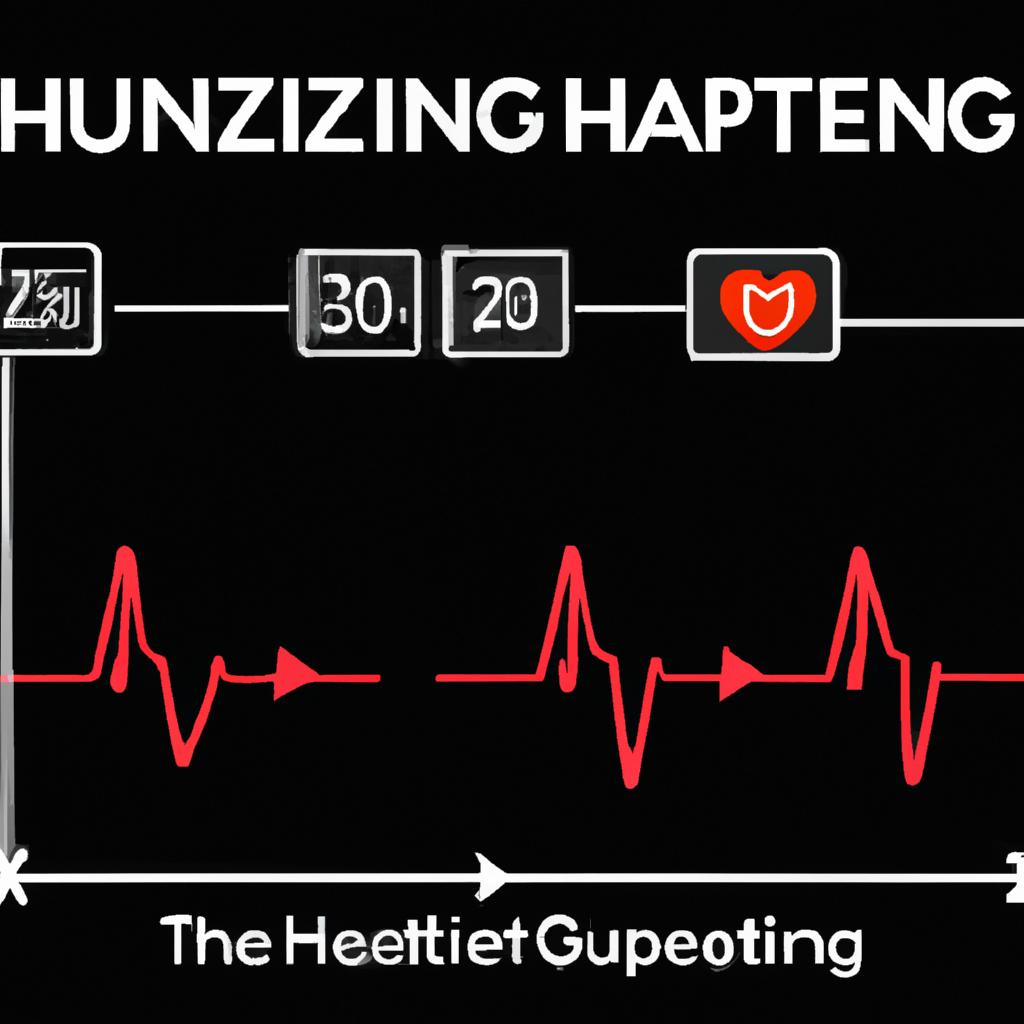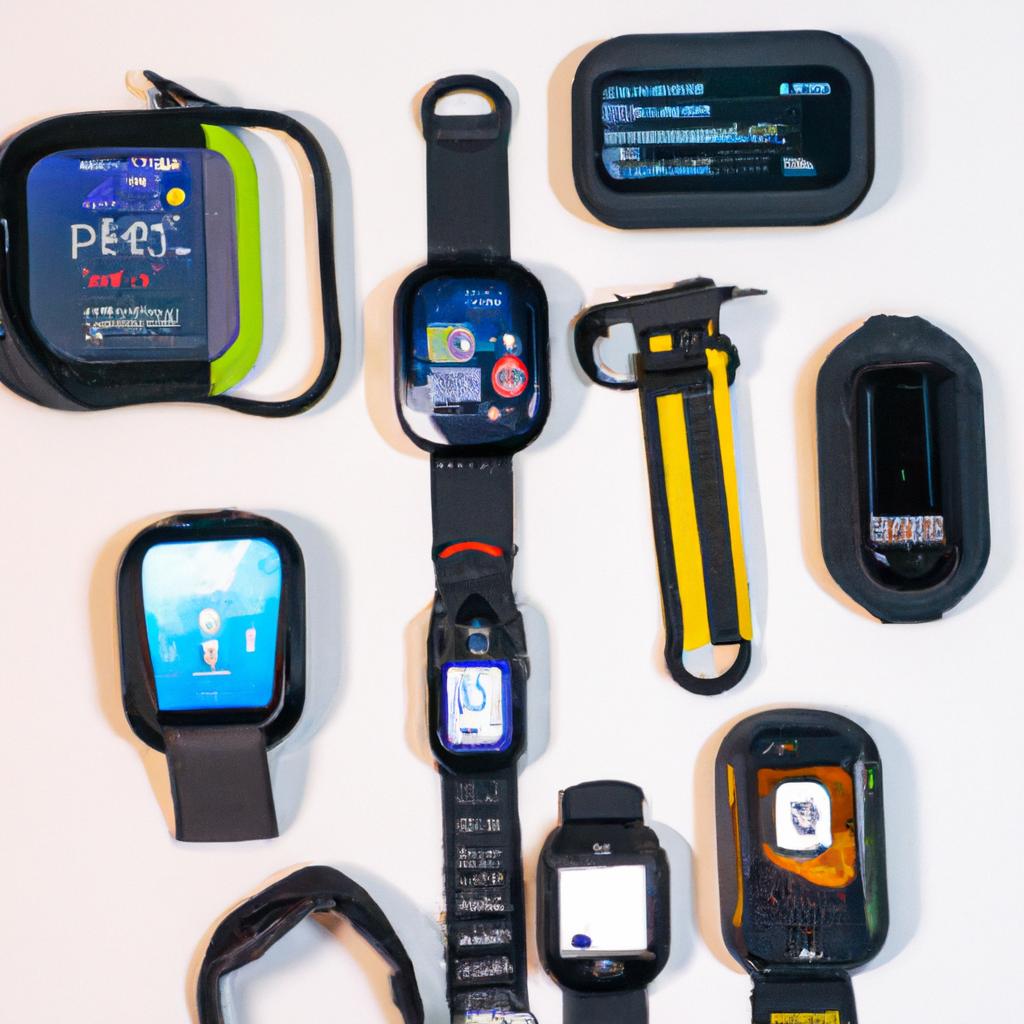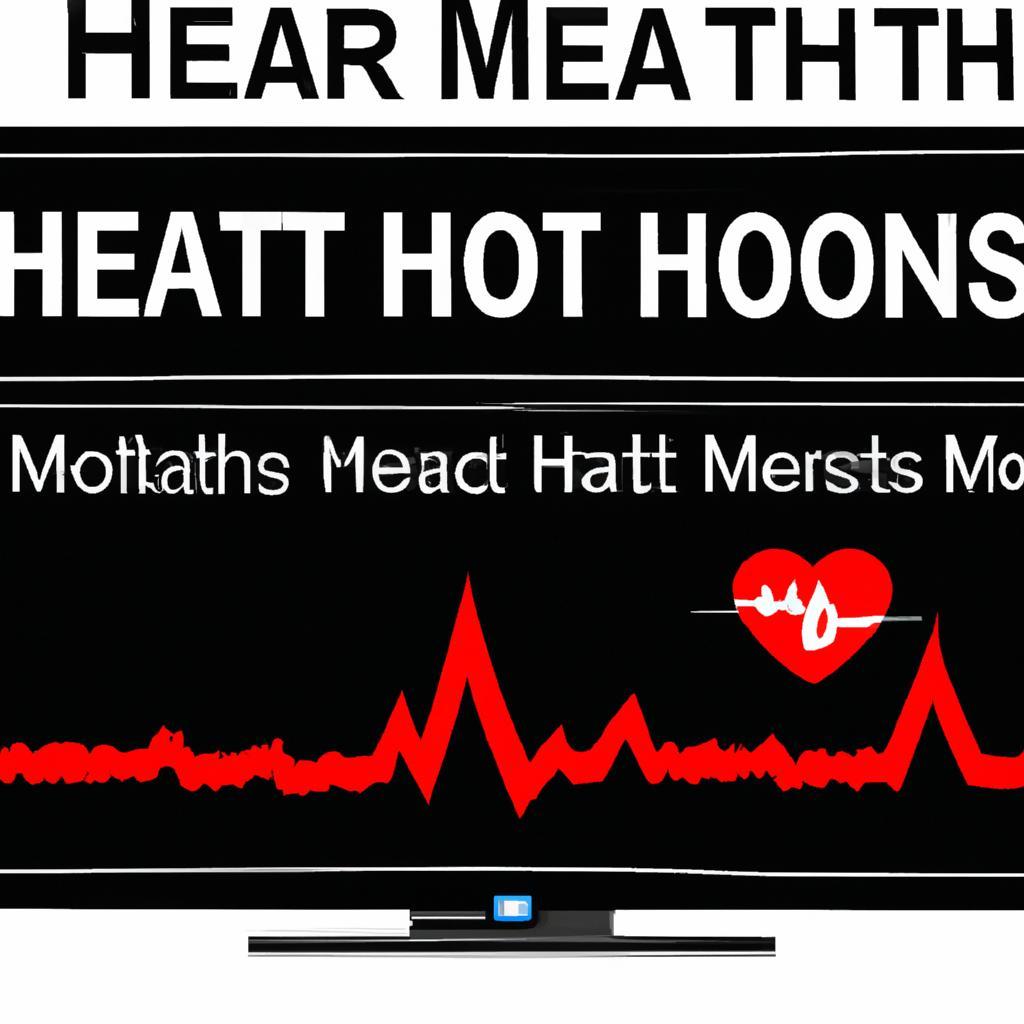In a world teeming with fitness trends and ever-evolving workout regimens, one steadfast ally remains at the forefront of personal health: the heart. As the engine that drives our very being, it deserves not just attention, but understanding. Enter the realm of heart rate monitoring—a powerful tool that goes beyond mere numbers to reveal the intricacies of our cardiovascular fitness. In this article, we embark on a journey that explores the significant impact of running and heart rate monitoring on your overall well-being. From deciphering your personal heart zones to optimizing training sessions, discover how harnessing this vital metric can enhance your fitness journey, empower your performance, and ultimately, cultivate a healthier heart. Whether you’re a seasoned runner or just lacing up your shoes for the first time, the insights to come will illuminate the path to a stronger, more resilient you.
Understanding Heart Rate Zones for Optimal Performance
Understanding your heart rate during exercise is crucial for maximizing your training and enhancing your overall cardiovascular health. When you engage in physical activities, your heart rate fluctuates through various zones, each reflecting different intensities of effort. These zones can be categorized as follows:
- Resting Zone: The lowest level where the heart is at a calm state.
- Fat Burn Zone: A moderate intensity where your body burns fat efficiently, typically between 50-70% of your maximum heart rate.
- Aerobic Zone: A higher intensity ideal for improving cardiovascular fitness, generally 70-80% of your max heart rate.
- Anaerobic Zone: Intense training that improves speed and endurance, ranging from 80-90% of your max heart rate.
- Red Line Zone: Maximum effort for short bursts, above 90% of your max heart rate, often reserved for advanced athletes.
To find your target heart rate zones, the classic formula is 220 minus your age, which gives you your maximum heart rate. Monitoring your heart rate effectively can help you:
| Benefit | Explanation |
|---|---|
| Optimize Workouts | Train within your ideal zone to ensure effectiveness. |
| Prevent Overtraining | Avoid pushing too hard and risking injury or burnout. |
| Track Progress | Gauge improvements in your fitness over time. |
Incorporating heart rate monitoring into your running routine not only enhances performance but also promotes a healthier lifestyle. By understanding these zones, you can tailor your workouts for better heart health and peak physical readiness.

Harnessing Technology: Best Heart Rate Monitors for Every Runner
As runners, understanding our heart rate can be a game changer, allowing us to optimize our training and improve overall health. The right heart rate monitor can provide invaluable insights into our cardiovascular performance, ensuring we train within the safe and effective zones. Here’s a selection of **top heart rate monitors** tailored for every type of runner:
- Garmin Forerunner 245: Ideal for serious runners, offering advanced metrics and a long battery life.
- Polar H10 Heart Rate Sensor: Known for its accuracy, it’s perfect for those who prioritize precision in their workouts.
- Fitbit Charge 5: A great all-rounder that combines fitness tracking features with heart rate monitoring.
- Apple Watch Series 8: Combines style and functionality with seamless app integration for a comprehensive health overview.
- Wahoo TICKR Fit: This innovative armband is comfortable and provides accurate heart rate tracking without the hassles of a chest strap.
Each of these devices offers distinct features to cater to different running needs, ensuring that whether you’re pacing for a marathon or jogging for heart health, you’ll be equipped with the right tool to monitor your performance.
To Wrap It Up
As we lace up our running shoes and step into the vibrant rhythm of our fitness journeys, the importance of heart rate monitoring emerges as a guiding compass. It not only sheds light on the intricate dance between our bodies and the demands of exercise but also empowers us to make informed decisions that enhance our heart health. By bridging the gap between physical activity and cardiovascular awareness, we transform each stride into a proactive choice, optimizing our workouts while prioritizing our overall well-being.
Incorporating heart rate monitoring into your running routine is more than just a trend; it’s a commitment to a sustained lifestyle, underscoring the boundless potential of every heartbeat. As we move forward, remember that running is not solely about the destination but the journey — one that offers insights into our health, resilience, and growth. So, whether you’re chasing personal records or simply enjoying the open road, let your heart be your guide, propelling you towards a healthier future, one step at a time.











Leave a Reply